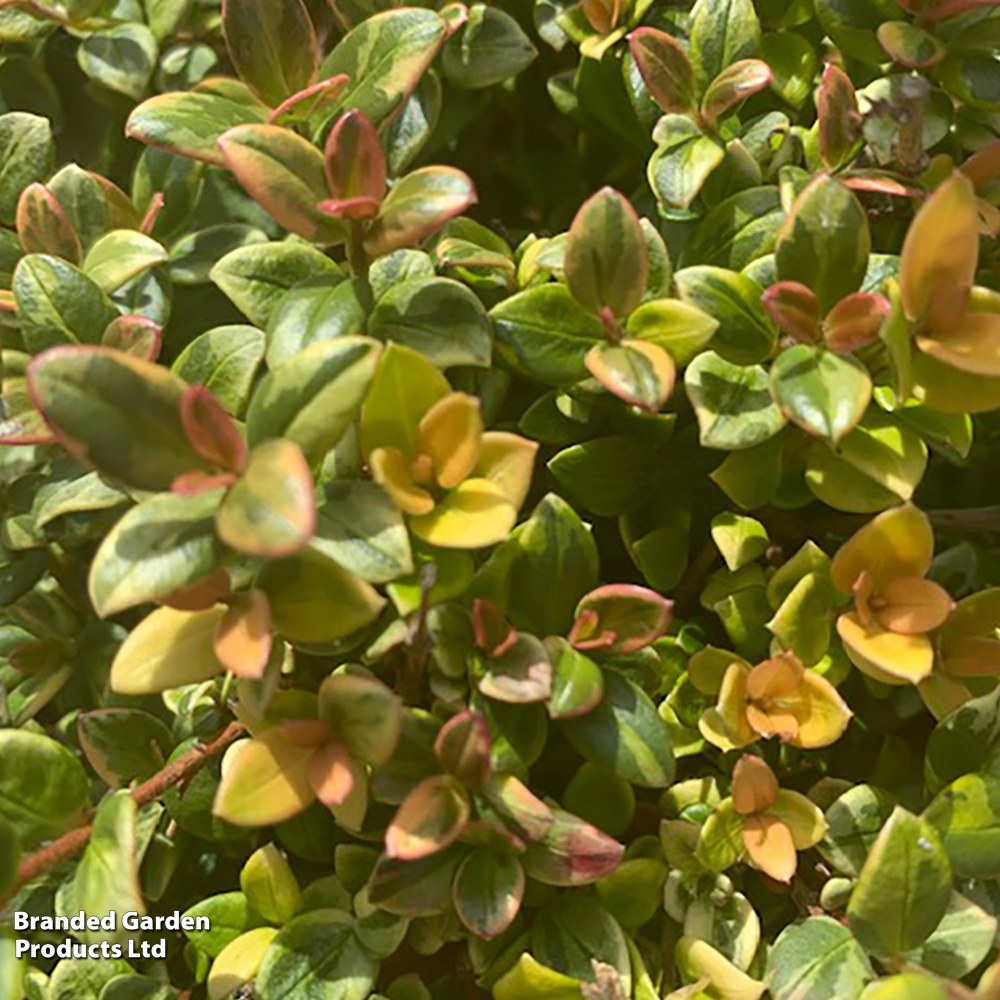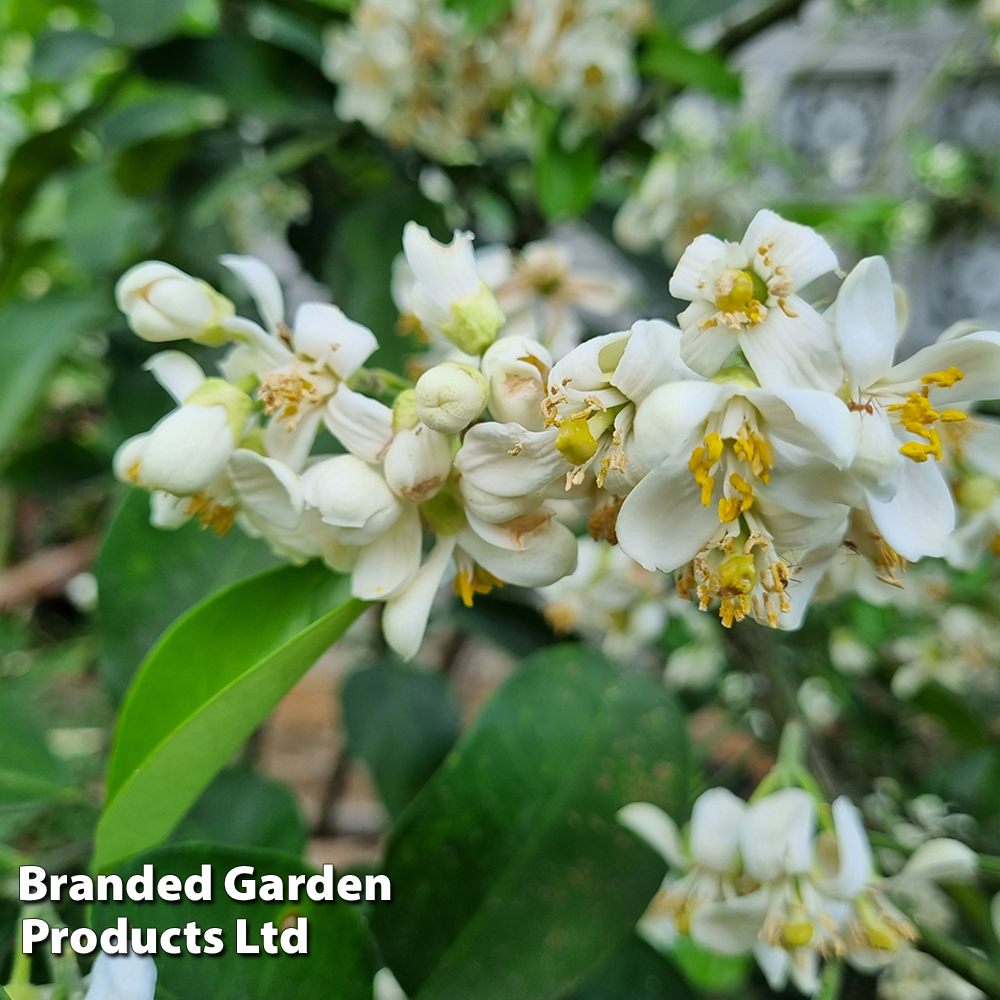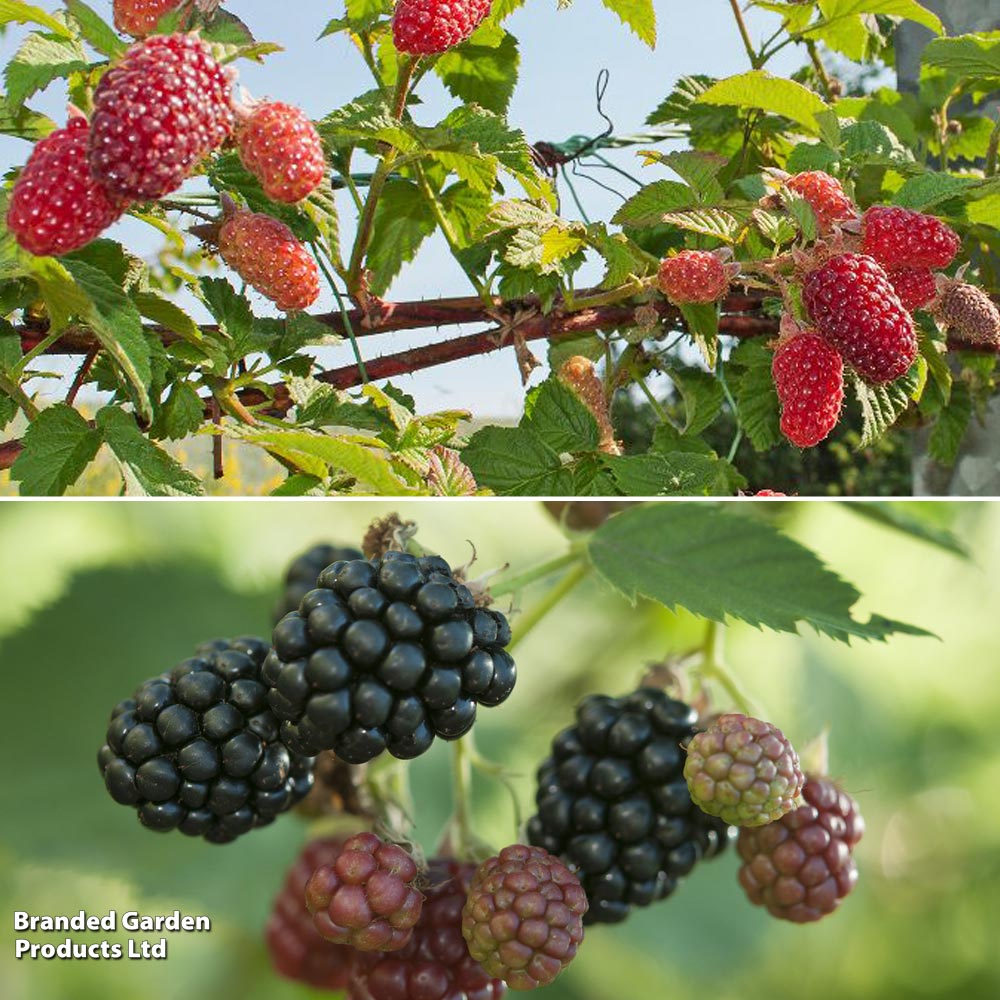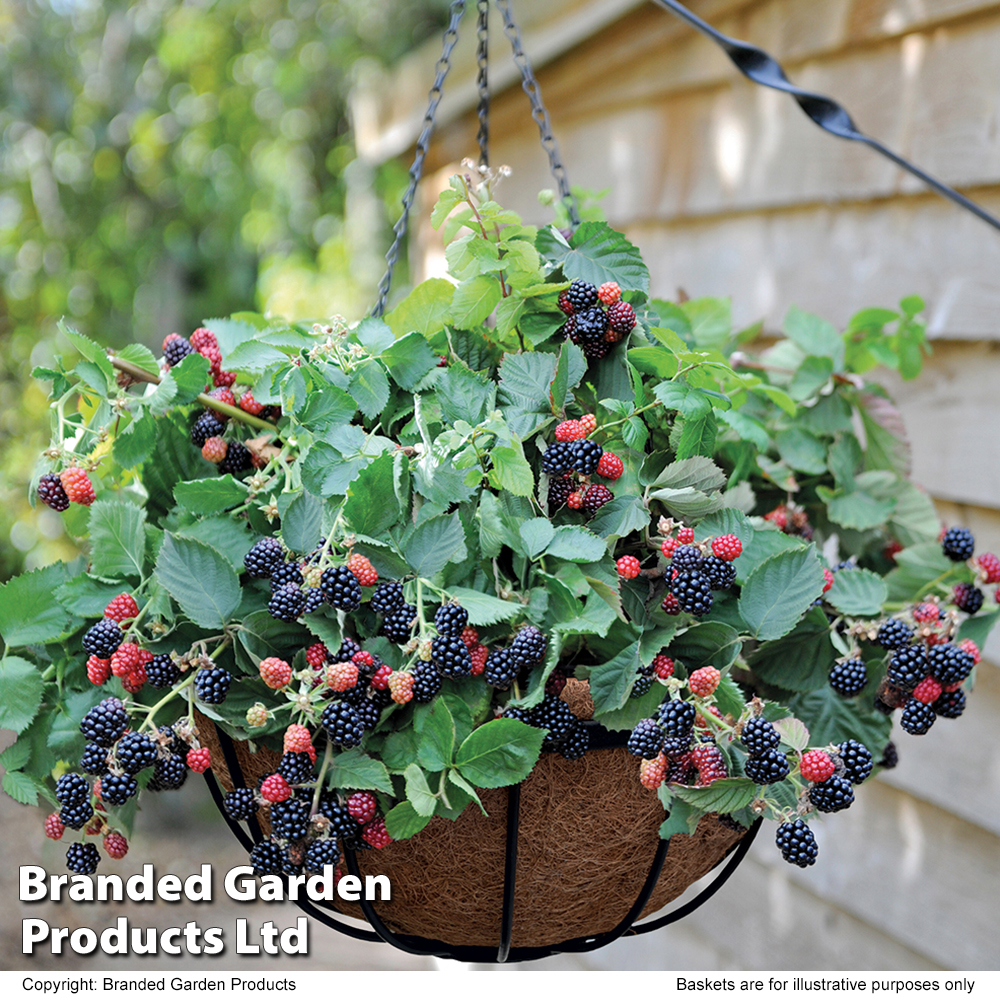Ugni molinae ‘Strawberries and Cream’ is a captivating evergreen shrub that brings both beauty and flavour to your garden. This compact, dense plant features leathery, aromatic leaves that add texture and interest year-round. In late spring to summer, the shrub produces nodding clusters of white to pink bell-shaped flowers, which are highlighted by dark red ovaries. Their sweet fragrance attracts bees, while the flowers give way to perfumed, wine-red berries that are as delicious as they are unique. Described as having a flavour that combines strawberry, sherbet, and blueberry with a touch of herbal sweetness, these berries offer a taste experience like no other.
Low-maintenance and hardy in most areas of the UK, Ugni molinae ‘Strawberries and Cream’ thrives in a sunny, sheltered spot and can even be grown in containers, making it easy to move into a more protected area during winter. This versatile shrub is perfect for adding a touch of exotic charm to your garden or patio, while offering a unique, sweet treat with its delectable berries. Height: 1.5m (5ft). Spread: 1m (3ft).
Plant height and spread is seasonal therefore we list by pot size rather than a defined plant size. The height and spread of the plant delivered will vary depending on the season, meaning arrival images are an indication only.
Growing Information
Pot up your Chilean Guava and grow on in frost free conditions. When plants are well grown and all risk of frost has passed, gradually acclimatise to outdoor conditions for a period of 7 to 10 days.
Transplant your shrub into borders and containers outdoors in moist, well-drained soil. Choose a warm position in full sun with shelter from cold, drying winds. A south-facing border, sunny patio or sheltered wall is ideal. When growing in containers use a soil-based compost such as John Innes No. 3.
Although hardy in most areas, in more northerly gardens or in very harsh winters it is recommended that frost protection such as fleecing is provided. Chilean Guava grows very happily in a pot in which case it can be brought into the greenhouse or conservatory over the winter if needed.







